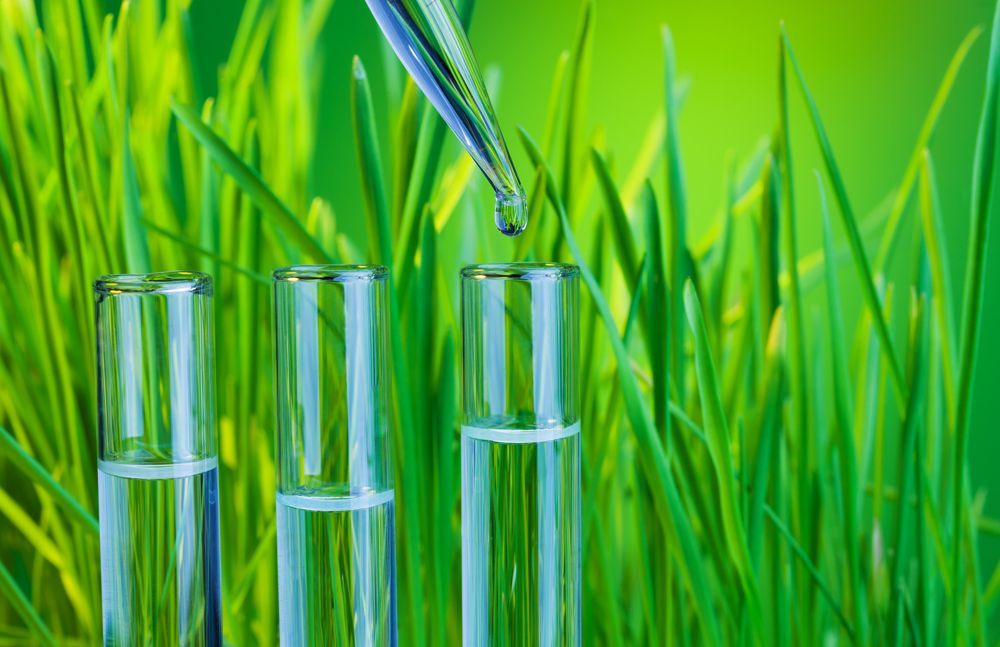
At BioActive Soils, we always use independent herbage test reports done by an internationally accredited laboratory to create a tailored recipe-based fertilisation programme for your farm. That way you have our assurance we are creating solutions specific to the nutrient uptake in your pasture and fixing reported deficiencies and or excesses to enable your pasture performance to thrive, resulting in a healthier diet for your livestock.
In this article, we outline a few simple points to help read the performance of your pastures. The first is to correctly understand what nutrients are being accessed by plants using an accurate herbage test, the second is through simple observations made while in a paddock.
Analysing minerals within the pasture plant is critical to understanding pasture performance; without this knowledge is like trying to sail a ship without a rudder which is making you head towards the rocks. A soil test only provides part of the picture, (a bit like reviewing a photo) and only provides information taken on the day of the test, so if taken in dry conditions results can be elevated, and in wet conditions, results can be reduced. On the other hand, herbage testing is more like a video, allowing you can analyse much more detail about what’s happening in both the soil and plants over a period of up to 7 weeks.
Soil tests have limitations, for example, how do you accurately know the S reserves in soil when sulphate ions (in Superphosphate) are so soluble, and therefore prone to excessive leaching? A typical shallow soil test could indicate low S, when in fact deep rooting plants can still readily access it.
Herbage tests are an accurate way of understanding the nutrient uptake in plants from which livestock benefit.
When analysing these tests, consideration should be given to factors such as:
- Soil moisture, weather, and seasons at the time of analysis
- Iron reading – if too high (above 120mg/g) may indicate the pasture sample has soil contamination which affects the cobalt, manganese, and aluminium levels
- Nitrogen reading – which indicates the pastures speed of growth. A figure of 4.5% indicates optimal growth when moisture levels are adequate, however high N levels could indicate short, lush very fast-growing pasture was sampled.
- Phosphorous reading- P is the most important growth element in the grass and clover pasture, assuming Ca is adequate, so review its results carefully
- Magnesium reading – typically lower in the young sappy pasture, but increase with maturity, so the age of the pasture being tested has an impact on results. Old leaves from slow growing pasture can have high levels of P because the leaves have finished their job and are ready to die, meaning seeding pastures should not be analysed.
- Cobalt reading – Co is held in organic matter, so low Co in the pasture (below 8mg/g) could indicate low organic matter in soils.
- Plants have varying levels of elements in different parts – stems, leaves and seeds. For example, leaf tips have more P but less Ca, so if only leaf tips are collected and analysed, P would be higher and Ca lower.
Tips for Visually Identifying Main Element Deficiencies in Your Pasture
- Most of the phosphate is excreted in the dung, so if clovers are growing better around dung pats than in adjacent areas (allowing for the fact the pats may not have been grazed due to animal avoidance), the paddock could require more P
- If ryegrass leaves have a brown, burgundy colour, especially in cold weather, this indicates P is lacking
- If clover leaves have brown spots going right through the leaves, it indicates they are low in K. Urine is high in K, so clover leaves are unlikely to be deficient in urine patches
- Grass in urine patches is generally much greener than the surrounding grass because N is so high in the urine.
- If clover leaves are pale green in non-urine areas and dark green in urine patches, then S is likely to be low.
- A boron deficiency can cause a burgundy colour in clover leaves with the edges of the leaves being hard, brittle, and dead. New leaves can be a healthy green and after rain, the deficiency can disappear.
- Hard pans in the soil can be a result of high Aluminium in Calcium deficient soils which will stop ryegrass roots from going down.
For more in-depth information search the internet for:
- The benefits of herbage testing
- Visually identifying issues in the pasture
